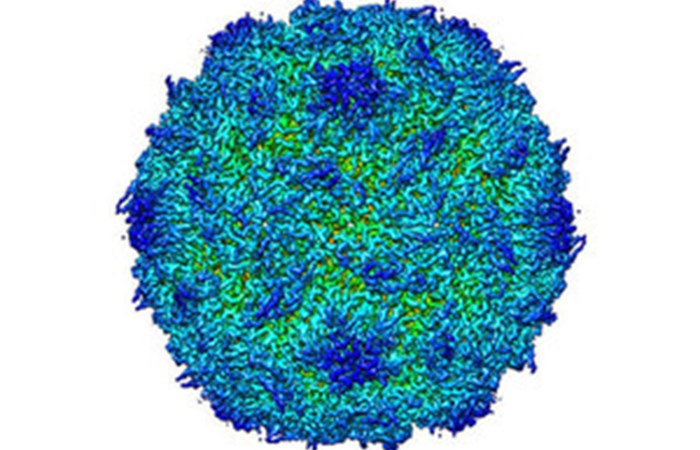Medicines and Healthcare products Regulatory Agency

The research, published in the journal Nature Communications, confirms that these plant-made particles are structurally similar to poliovirus and can protect mice from infection as effectively as existing vaccines.
As large amounts of live poliovirus are needed to make current vaccines, VLP-based vaccines could provide a safer alternative for vaccine production after polio eradication.
What are VLPs?
VLPs are empty protein shells that mimic the virus but lack the genetic material needed for replication. Scientists have suggested poliovirus VLPs as potential vaccine candidates because they can provoke an immune response but arent infectious. However, their instability has long been a barrier for their use as vaccines.
In January, NIBSC researchers published a new genetic approach to make stable poliovirus VLPs, which forms the basis of this new study.
Using plants to make medicines
Over the last 20 years, plants have begun to compete with bacteria, yeast, insect and mammalian cells as producers of medicines and theyve recently been used to make candidate VLP-based vaccines against infectious diseases such as influenza.
For this study, researchers expressed stabilised poliovirus VLPs in plants and compared them to normal, or wild-type, poliovirus.
They found that plant-produced stabilised VLPs had a similar structure to wild-type poliovirus and could promote similar levels of protective proteins, known as antibodies, as an existing vaccine.
This paper suggests plants could be used to make large quantities of stable and effective poliovirus VLPs for new vaccines.
The research is a collaboration between scientists at the John Innes Centre, NIBSC, University of Oxford, Diamond Light Source and University of Leeds and funded by the World Health Organisation (WHO).
NIBSC researcher, and study author, Dr Andrew Macadam said:
Current vaccines for polio are produced from large amounts of live virus which carries a threat of accidental escape and re-introduction. As VLPs arent infectious, making vaccines using these particles is safer and could be particularly important post-eradication.
This research shows that plants can be used to successfully make stable VLPs for vaccines. It takes us a step closer to replacing current polio vaccines, providing us with a cheap and viable option for making VLP-based vaccines.
But the possibilities of this approach could extend further than polio and were also looking at applying these methods to develop stable VLPs for new vaccines against other viruses.
